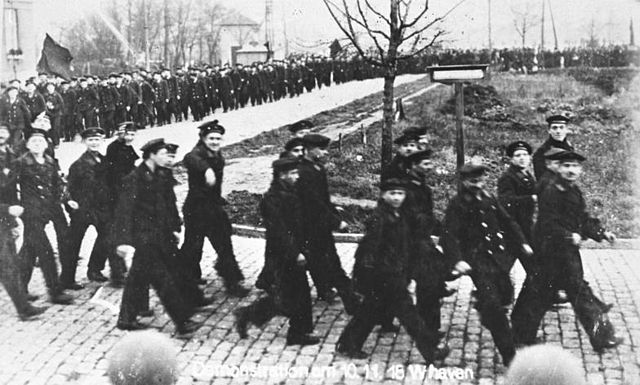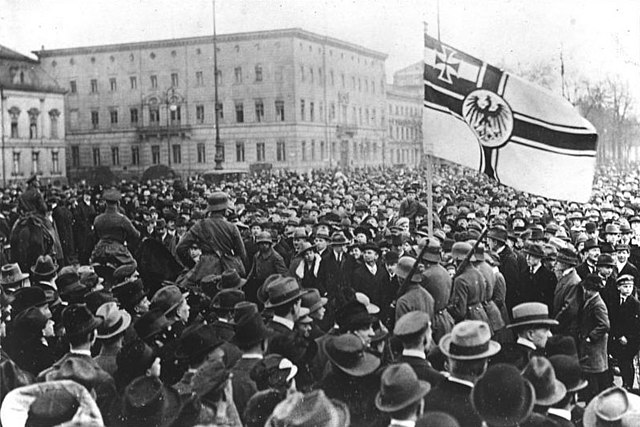Presidential cabinets of the Weimar Republic
The presidential cabinets were a succession of governments of the Weimar Republic whose legitimacy derived exclusively from presidential emergency decrees. From April 1930 to January 1933, three chancellors, Heinrich Brüning, Franz von Papen, and Kurt von Schleicher were appointed by President Paul von Hindenburg, and governed without the consent of the Reichstag, Germany's lower house of parliament. After Schleicher's tenure, the leader of the Nazis Adolf Hitler succeeded to the chancellorship and regained the consent of the Reichstag by obtaining a majority in the March 1933 German federal election with DNVP.
Heinrich Brüning, here pictured around 1930, led the first presidential cabinet from April 1930 to May 1932.
Franz von Papen, photographed in 1936 as German ambassador to Turkey
The appointment of Adolf Hitler, here pictured on a March 1933 cover of Time magazine, ended the era of presidential cabinets.
The Weimar Republic, officially known as the German Reich, was a historical period of Germany from 9 November 1918 to 23 March 1933, during which it was a constitutional federal republic for the first time in history; hence it is also referred to, and unofficially proclaimed itself, as the German Republic. The period's informal name is derived from the city of Weimar, which hosted the constituent assembly that established its government. In English, the republic was usually simply called "Germany", with "Weimar Republic" not commonly used until the 1930s.
Sailors during the mutiny in Kiel, November 1918
Philipp Scheidemann addresses a crowd from a window of the Reich Chancellery, 9 November 1918.
Official postcard of the National Assembly
Crowds in Berlin watching the Marinebrigade Ehrhardt march in under the imperial war ensign during the Kapp Putsch







